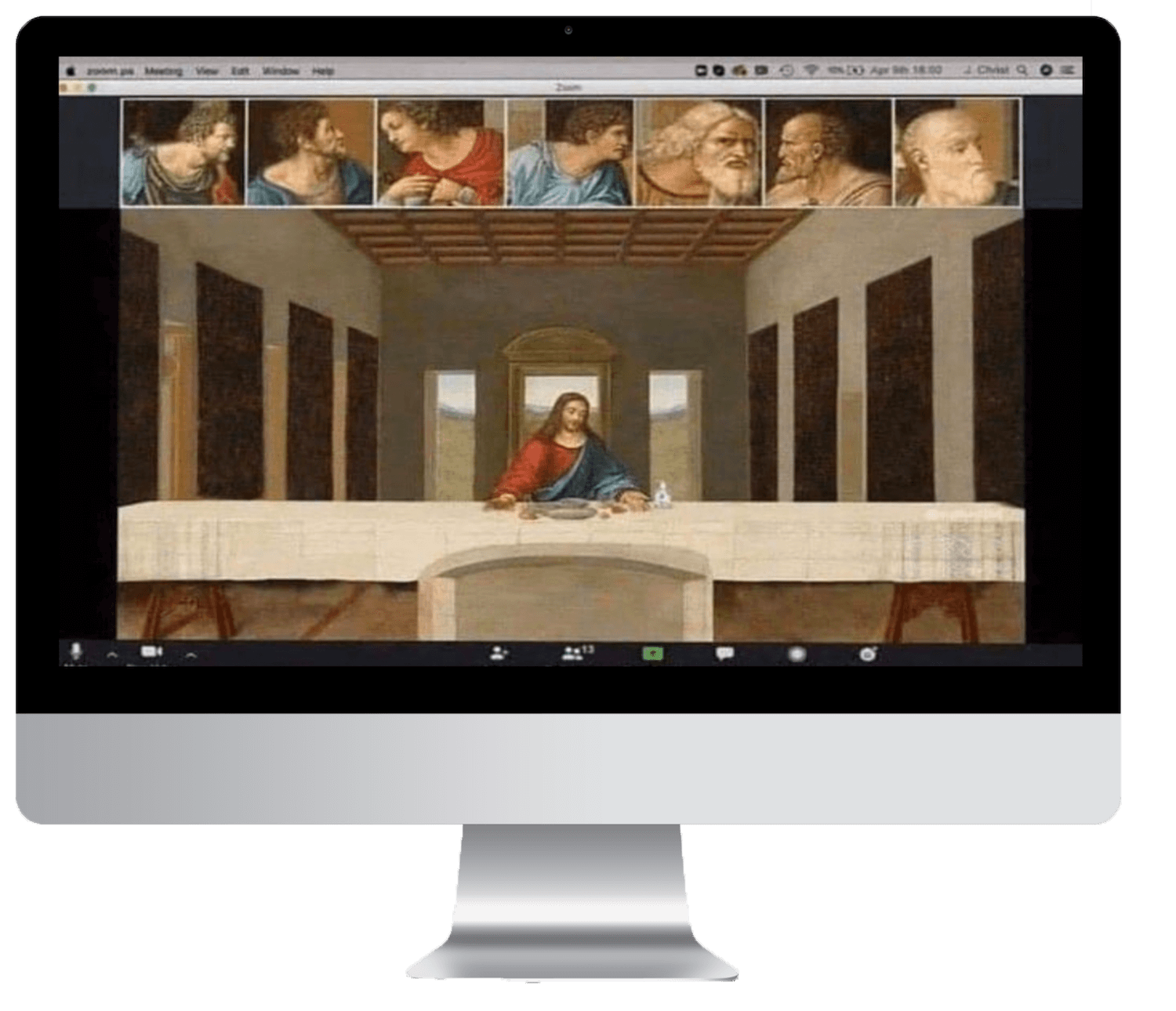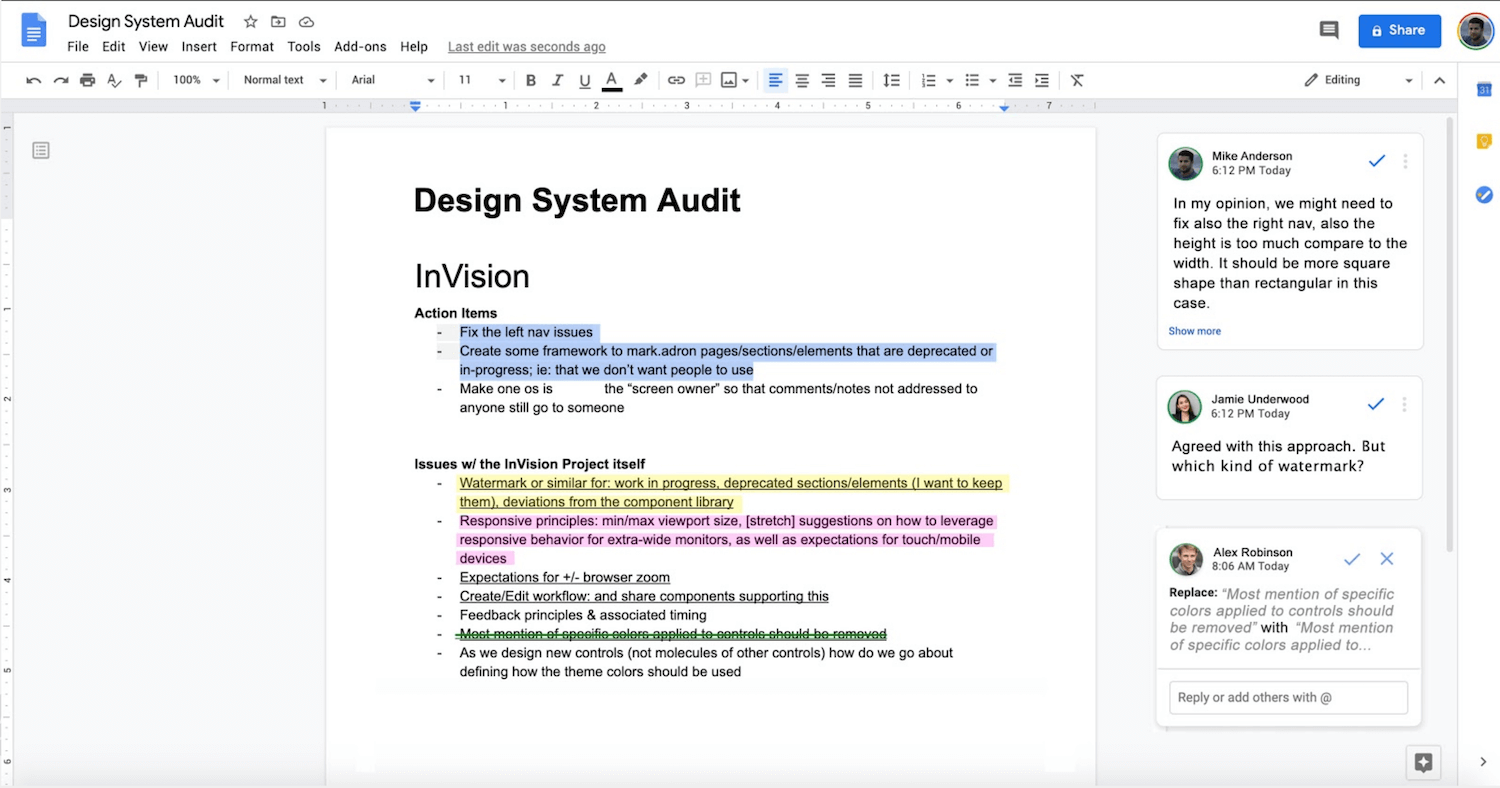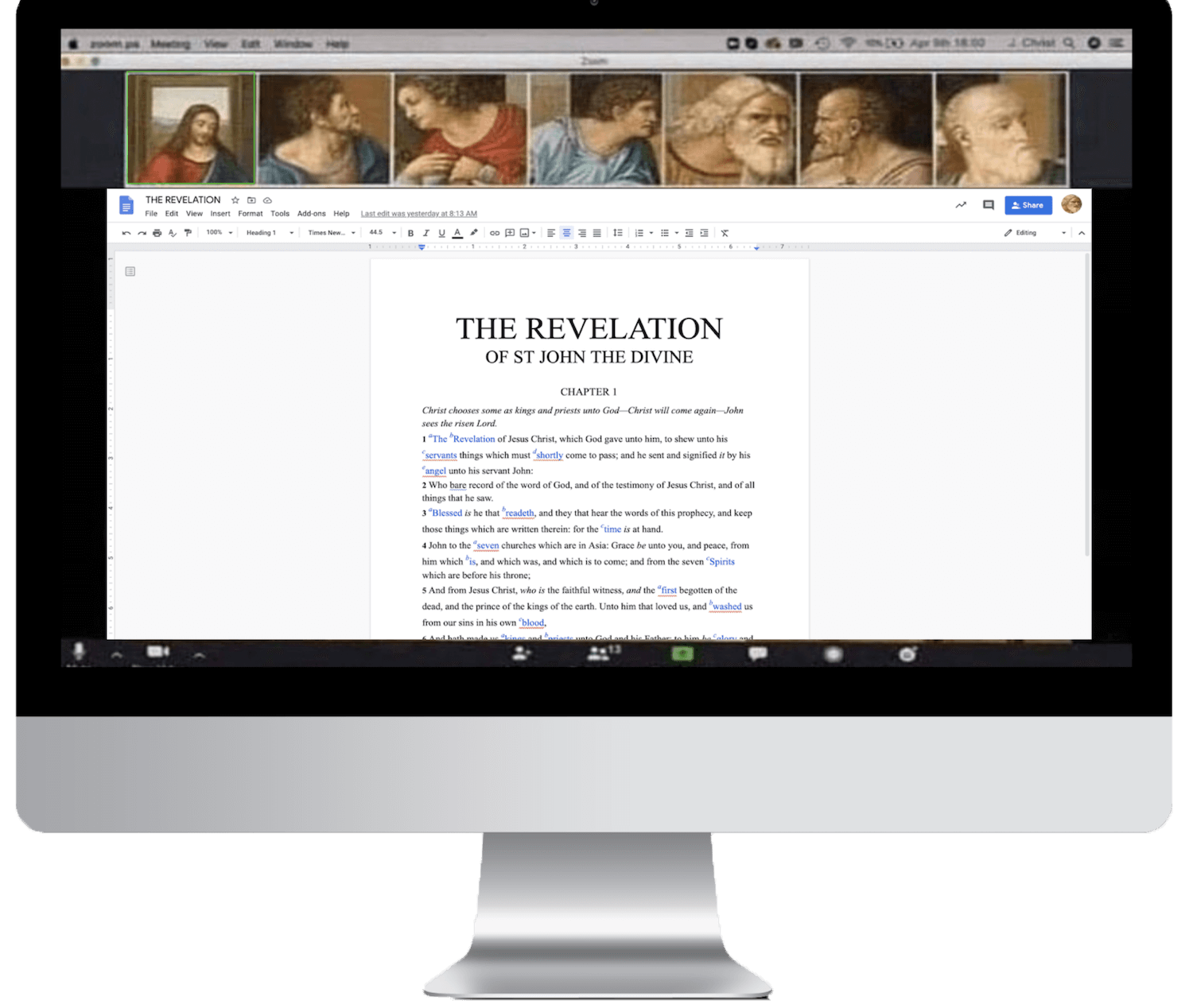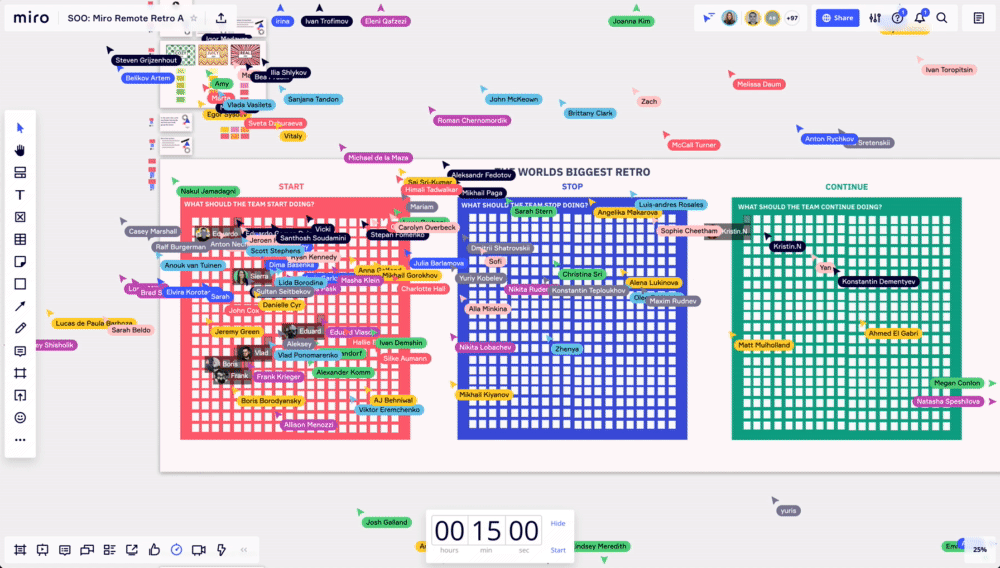Collaborating remotely has historically been a challenge — and now that so many more of us are home and interacting virtually, those challenges are more apparent than ever. Fortunately, Miro makes collaboration significantly more manageable. Simply put, collaboration is the act of working together to create something. It might be a website, a diagram of some kind, or a vision statement. The key is people coming together to work.
But before Miro, there were other ways to collaborate online. Let’s discuss these — and promise never to do them again!
The video conference

Videoconferencing is an invaluable tool for remote communication. There is no doubt about that. However, if you’ve ever tried collaborating with people solely through this medium, it leaves a lot to be desired. When the meeting is over, there is no inherent artifact, save a video file (and the quality often leaves much to be desired). It’s not the same as an actual conference room, even, because keeping people engaged is challenging, and you can’t see more than a few people if you are screen sharing. Great for meetings, not so much for interactive collaboration.
The threaded email
The dreaded, threaded email has been used to “collaborate” for more than 20 years now. However, it couldn’t be less effective. Let’s say you start your email saying you want everyone to list out their top three priorities for “the project.” A couple of people respond with their priorities. Someone else responds to the other person’s priorities, and now people are replying to that thread with their own priorities.
In the end, this is a tangle of information that one person will have to untangle, and then you will still have to actually collaborate on the next steps. This will most likely result in creating a shared document for everyone to work on, which leads us to the next bad practice.
The collaborative document

Being able to collaborate on a live document is amazing technology and is great for gathering feedback and documenting reviews. However, for collaboration, this method does not empower people to truly work together.
Like the threaded email, this collaboration method invariably ends up with one person who has to own the conversation and the parsing of it — which comments to resolve, which changes to accept — and that goes against the nature of collaboration.
To give a real world example, at Modus Create, we have Communities of Experts (COEs) that focus on different practices such as QA, Agile, and Laravel. When we first discussed having these kinds of communities, I wrote a document up and sent it out for “collaboration.” The result was a tangle of changes, a massive collection of comments, and no clear path to resolving them all. Additionally, drilling into the comments, I discovered that a lot of them were centered around things that I didn’t incorporate into my vision or that simply didn’t fit into the way I had organized the discussion.
We learned a lot from the comments and process, but the document was dead after the collaboration, and ultimately, other methods would have given us those learnings more quickly and with less effort.
Proto workshop

By combining videoconferencing and live document collaboration, we get a “proto” workshop — this is live collaboration on a document, the hopes of which we can “all write it together” and explain what we mean as we go along. Except we really can’t. In the end, someone will have to run the meeting, set the context, and work on the document. We may be able to break it up, for example, and then review one another’s work, but to do that, we have to all be on the same page, all have the same vision, and all be working together.
It can happen. But most of the time, we are better served to collaborate first and then take the results to a document that can be reviewed and edited.
Of all the bad practices, this is the best — but it only works if you’ve done the key alignment, information gathering, and planning first.
Workshops: the Best Practice

Learn more about Miro
In my experience, the best way to collaborate is with a team in a room with a whiteboard. There is something special that happens when we come together with a problem to be solved. This process has led to agile workflows, business model canvases and is historically is how humans ideate on new hardware, software, and business processes.
But there are many times with remote teams that we can’t do this — or that we can have even more opportunities than a whiteboard and some sticky notes can offer — this is where Miro comes in. It is only the process of working together to fill in a business model canvas, engaging in a structured brainstorm, or running through a workshop to align on goals or vision that serves as true collaboration, taking into account everyone’s talent, expertise, and perspectives. It also gives you the power to vote on elements, embed a board into a web page, and save and reference in the cloud whenever you need it.
So stop, please just stop doing these other things.



